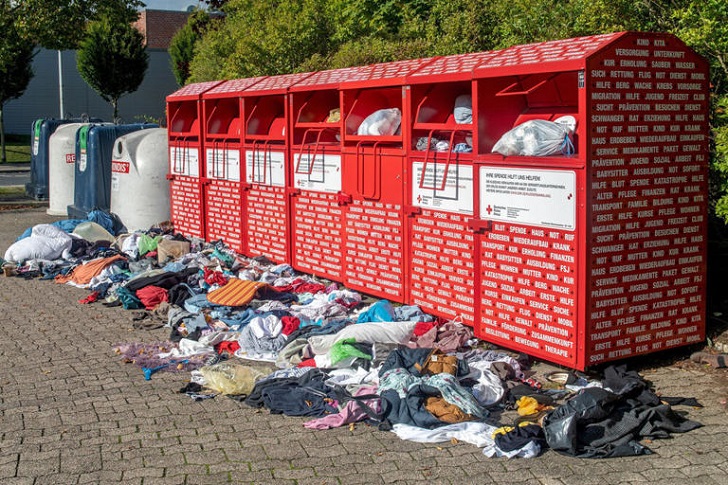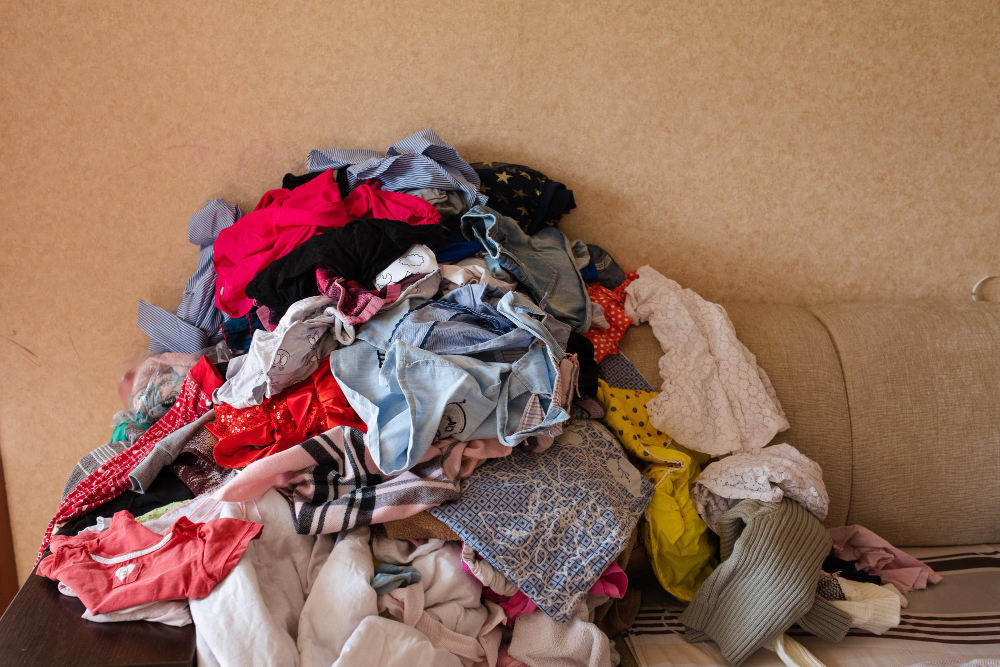The global fashion industry generates massive waste, much of which ends up in landfills, polluting ecosystems and wasting resources. European nations are taking bold steps to address this growing problem, implementing laws that require fashion brands to manage end-of-life clothing.
These initiatives are inspiring discussions in Canada about how similar policies could reduce fashion waste nationwide. However, challenges in recycling coordination between provinces could hinder progress.
Europe’s Bold Steps to Manage Textile Waste
Europe has been at the forefront of creating solutions for textile waste, making significant strides in sustainable fashion policies. Countries like France and Germany mandate that brands take responsibility for the disposal of old clothing.
By introducing extended producer responsibility (EPR) programs, they aim to minimize waste and encourage recycling. These measures also push brands to design more durable and recyclable garments, ensuring fewer textiles are wasted.

Canada’s Current Approach to Fashion Waste
In Canada, managing textile waste remains fragmented, with no unified federal strategy to tackle the issue. Recycling programs exist, but they vary significantly across provinces and often lack resources or scalability. While some municipalities promote clothing donations or offer textile recycling bins, the scope is limited. Without cohesive legislation, it’s difficult to address the growing problem of fashion waste on a national scale.
Provincial Differences Create Challenges
Canada’s vast geography and decentralized governance complicate efforts to implement consistent recycling policies. Provinces independently manage waste systems, resulting in varying levels of commitment and capability. Some regions prioritize textile recycling, while others lag behind due to budget constraints or lack of public awareness. This disparity makes it challenging to replicate Europe’s cohesive approach to tackling fashion waste.
The Role of Consumer Awareness
Consumer behavior significantly impacts efforts to reduce textile waste, both in Canada and globally. Many Canadians remain unaware of the environmental toll of fast fashion, often discarding clothes after minimal use. Raising awareness about the benefits of recycling or donating clothing could drive meaningful change. Educational campaigns and incentives for responsible disposal might inspire more sustainable habits across the country.

Collaboration Between Governments and Industry
Europe’s success highlights the importance of collaboration between governments, industries, and consumers to address fashion waste effectively. Canadian policymakers could work with brands to create take-back programs similar to those in Europe. Retailers like H&M and Patagonia already offer recycling initiatives, but these are voluntary and not widespread. Making such programs mandatory could help Canada move closer to a circular fashion economy.
Opportunities for Innovation in Recycling
Investing in advanced recycling technologies presents another opportunity for Canada to reduce its textile waste footprint. Mechanical recycling processes that turn old textiles into new fibers or chemical recycling techniques could transform the industry. Incentives for innovation in these areas might encourage businesses to invest in sustainable solutions, driving progress toward waste reduction and economic growth.
By learning from Europe’s policies and fostering innovation, Canada has the potential to tackle fashion waste head-on. Achieving this requires unified action across provinces, increased public awareness, and partnerships with the private sector.




